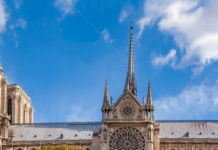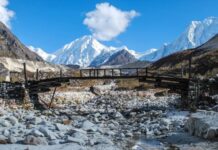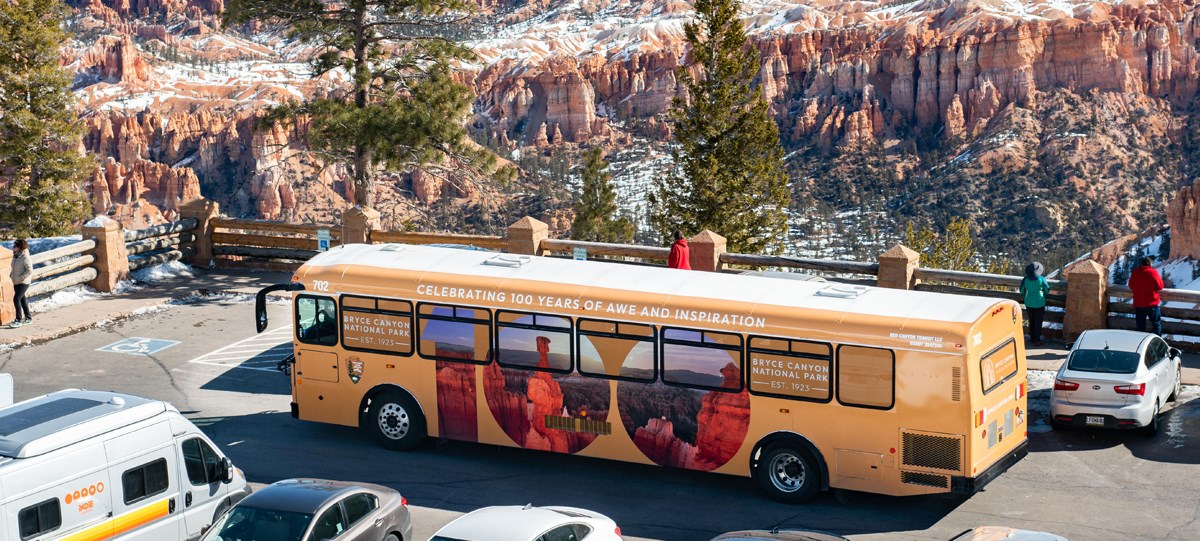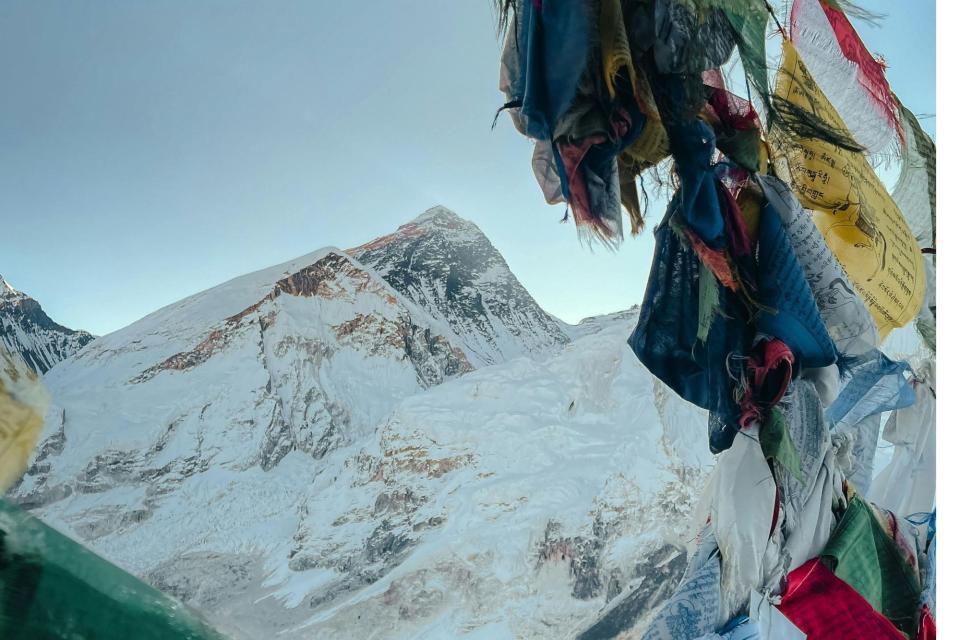Nestled in the shadow of Mount Manaslu, the world’s eighth-highest peak at 8,163 meters, the Manaslu Circuit Trek stands as one of Nepal’s most spectacular yet understated trekking adventures. While destinations like Everest Base Camp and Annapurna Circuit draw massive crowds, the Manaslu Trek region remains refreshingly remote, offering adventurers an authentic Himalayan experience that combines stunning natural beauty with rich cultural immersion. This comprehensive guide explores everything you need to know about undertaking this remarkable journey through one of Nepal’s most pristine mountain landscapes.
The Allure of the Manaslu Circuit
The Manaslu Circuit Trek takes you on a transformative journey around Mount Manaslu, traversing approximately 180 kilometers of diverse terrain over 13 to 18 days. Starting from the subtropical lowlands at Machhakhola (870 meters) and ascending to the dramatic Larkya La Pass at 5,106 meters, this trek showcases an incredible range of ecosystems, from lush rhododendron forests and terraced farmlands to barren high-altitude landscapes where prayer flags flutter against endless blue skies.
What sets Manaslu apart from more crowded routes is its genuine remoteness and cultural authenticity. Despite opening to trekkers in the early 1990s, this trail receives approximately ten times fewer visitors than its famous counterparts, allowing for peaceful contemplation and meaningful interactions with local communities. The trek passes through traditional villages inhabited by Gurung, Tibetan, and other ethnic groups whose ancient traditions remain remarkably intact, offering glimpses into a way of life that has endured for centuries.
Natural Wonders and Scenic Highlights
The Manaslu region is a paradise for nature enthusiasts and photographers alike. The trek follows the mighty Budi Gandaki River as it carves through spectacular gorges, with the trail often clinging to steep valley walls and crossing the churning waters on thrilling suspension bridges more than 35 throughout the journey. Waterfalls cascade down mountainsides, while ancient forests echo with the calls of Himalayan wildlife including snow leopards, musk deer, Himalayan tahr, and the resplendent Danphe, Nepal’s national bird.
As you gain elevation, the landscape transforms dramatically. Alpine meadows give way to glacial moraines, and the vegetation becomes sparse until you reach the stark beauty of the high Himalayas. Throughout the trek, magnificent peaks dominate the skyline: Manaslu itself, along with Himalchuli, Ngadi Chuli (Peak 29), Ganesh Himal, Himlung Himal, and Annapurna II create a panoramic amphitheater of snow-clad summits.
The crown jewel of the trek is undoubtedly Larkya La Pass. This challenging crossing takes approximately ten hours and tests even experienced trekkers with its altitude, exposure, and sometimes snowy conditions. However, the reward is extraordinary: sweeping vistas of massive glacial cirques formed by Cheo Himal, Himlung Himal, Kang Guru, and countless other peaks, with rivers of ice streaming down their flanks.
Cultural Immersion and Traditional Life
One of the Manaslu Trek’s greatest treasures is its cultural richness. In the lower regions, you’ll encounter predominantly Hindu communities of Gurung and Brahmin descent, where terraced fields of rice and millet climb impossibly steep hillsides. As you ascend beyond villages like Ghap and enter the Nubri region, the culture shifts dramatically to Tibetan Buddhist traditions.
Villages like Samagaon and Samdo preserve centuries-old customs, with ornate monasteries, prayer wheels, and mani walls covered in carved Buddhist mantras. The centuries-old Pungen Gompa and Ribung Gompa monasteries offer peaceful havens for reflection and opportunities to witness monastic life. These settlements also served as traditional trading centers with Tibet, and even today, you can trek from Samdo towards the Tibetan border, following ancient trade routes that once bustled with yak caravans.
The hospitality of mountain people is legendary, and staying in family-run teahouses provides intimate insights into daily life at high altitude. Sharing meals of dal bhat and butter tea, listening to stories around wood-burning stoves, and observing traditional festivals transforms the trek from a physical challenge into a profound cultural exchange.
Trek Difficulty and Physical Demands
The Manaslu Circuit Trek is classified as moderate to challenging, requiring good physical fitness and some trekking experience. Daily walking times range from six to eight hours, with significant elevation gains and losses that test stamina and leg strength. The trek’s remoteness means facilities are more basic than on popular routes, and rescue options are limited, making self-sufficiency crucial.
Altitude presents the most significant challenge. Ascending from 870 meters to over 5,100 meters in approximately seven to eight days increases the risk of altitude sickness. Proper acclimatization is essential, with rest days typically included at Samagaon or Samdo to allow your body to adjust. Symptoms like headaches, nausea, and breathlessness must be taken seriously, and immediate descent is necessary if they worsen.
The terrain itself varies dramatically. While some sections follow gentle valley floors, others involve steep ascents on rocky trails, narrow paths carved into cliff faces, and potentially precarious crossings during adverse weather. The Larkya La Pass can be particularly demanding, with snow and ice requiring microspikes or crampons during certain seasons. Strong winds and cold temperatures at high elevations add another layer of difficulty.
That said, the trek requires no technical climbing skills, and thousands of trekkers with adequate preparation successfully complete it each year. The key is proper training, realistic expectations, and listening to your body throughout the journey.
Optimal Timing and Seasonal Considerations
Choosing the right season significantly impacts your Manaslu Trek experience. The optimal periods are spring (March to May) and autumn (September to November), when weather conditions are most stable and favorable.
Spring brings warming temperatures and the spectacular blooming of rhododendron forests, transforming hillsides into tapestries of red, pink, and white. Days are increasingly pleasant, though higher elevations remain cold. Clear mountain views become more frequent as the season progresses, and wildlife is more active.
Autumn is considered peak season for good reason. Following the monsoon, the air is crystal clear, offering phenomenal mountain visibility. Temperatures are comfortable during the day, though nights grow progressively colder, especially at higher altitudes. This season attracts more trekkers, though numbers remain modest compared to other routes.
Summer monsoon (June to August) is challenging and generally not recommended. Heavy rainfall creates slippery, dangerous trails, increases landslide risk, and obscures mountain views with persistent clouds. However, adventurous trekkers who don’t mind leeches and rain may appreciate the verdant landscapes and empty trails.
Winter (December to February) is for hardy souls only. Extreme cold, heavy snowfall, and potentially impassable conditions at Larkya La make this season risky. However, those who brave it enjoy absolute solitude, pristine snow-covered landscapes, and exceptional clarity on clear days.
Permits, Regulations, and Requirements
The Manaslu region is a restricted area, meaning independent trekking is not permitted. You must travel with a licensed guide and be part of a group of at least two people. These regulations help preserve the region’s fragile environment and culture while ensuring trekker safety.
Three permits are mandatory: the Manaslu Restricted Area Permit (RAP), the Manaslu Conservation Area Project Permit (MCAP), and the Annapurna Conservation Area Project Permit (ACAP), since the trek concludes in Annapurna territory. Additionally, a Tsum Nubri Rural Municipality entrance fee is required. Permit costs vary by season, with higher fees during peak periods.
Your trekking agency will arrange all permits, which must be processed before departure. Attempting to trek without proper documentation results in fines and possible removal from the trail. This system, while adding bureaucracy, helps fund conservation efforts and local development.
Preparation and Training
Success on the Manaslu Trek begins months before departure. Physical preparation should focus on building cardiovascular endurance and leg strength. Regular hiking with a weighted backpack, stair climbing, running, cycling, or swimming for 30-60 minutes four to five times weekly will build the necessary fitness base.
Mental preparation is equally important. Long days of hiking, basic accommodations, unpredictable weather, and altitude challenges require patience, flexibility, and positive attitude. Research the route thoroughly, understand what to expect, and prepare yourself psychologically for discomfort and adversity.
Essential gear includes broken-in hiking boots, trekking poles, layered clothing for extreme temperature variations, a quality sleeping bag rated for sub-zero temperatures, and sun protection. Depending on the season, microspikes or crampons may be necessary for the pass crossing. A comprehensive first-aid kit and altitude sickness medication are also crucial.
Teahouse Accommodations and Trail Logistics
Unlike earlier decades when the Manaslu Circuit required full camping expeditions, today’s trek is comfortably done using teahouse lodges. These family-run establishments provide basic but adequate accommodation with beds, blankets, and communal dining areas centered around warming wood stoves. Rooms are typically simple with twin beds and minimal amenities, with bathroom facilities often shared and located outside.
Food along the trail is surprisingly varied, with menus offering everything from traditional dal bhat (which Nepali guides joke provides “24-hour power”) to pasta, fried rice, momos (dumplings), soups, and even pancakes. While not gourmet, the food is filling and prepared with genuine care. Hot showers and WiFi are available in many villages for additional fees.
Transportation to the trailhead at Machhakhola involves an eight to ten-hour drive from Kathmandu via rough mountain roads an adventure in itself. The trek concludes at Dharapani, where shared jeeps connect to Beshi Sahar and onward to Kathmandu or Pokhara.
Why Choose Manaslu Over Other Treks
In a country blessed with spectacular trekking routes, the Manaslu Circuit offers something increasingly rare: authenticity without sacrifice of beauty. While it lacks the name recognition of Everest or Annapurna, this works in its favor. Teahouses remain family operations rather than impersonal lodges, trails are peaceful rather than crowded, and cultural experiences feel genuine rather than performative.
The trek provides similar grandeur to more famous routes towering eight-thousanders, dramatic passes, diverse landscapes but with a fraction of the foot traffic. For trekkers seeking solitude, cultural depth, and the feeling of genuine exploration, Manaslu delivers abundantly.
Moreover, the circular nature of the trek provides constantly changing perspectives and scenery. You never retrace your steps, with each day bringing new vistas and experiences. The combination of natural beauty, cultural richness, physical challenge, and relative remoteness creates a trekking experience that many consider superior to more popular alternatives.
Conclusion
The Manaslu Circuit Trek represents trekking in Nepal as it was decades ago challenging yet accessible, remote yet welcoming, culturally rich yet unspoiled by mass tourism. Circumnavigating the world’s eighth-highest mountain through landscapes that shift from subtropical valleys to alpine tundra, passing through ancient Buddhist villages where traditions endure unchanged, and standing atop the Larkya La Pass with Himalayan giants arrayed in every direction this is adventure in its purest form.
For those willing to invest the preparation, endure basic facilities, and embrace the uncertainties of mountain travel, the Manaslu Trek rewards with memories and experiences that will resonate for a lifetime. It’s a journey that tests physical limits while nourishing the spirit, offering both profound solitude and meaningful human connection. In an increasingly accessible world, the Manaslu region remains a genuine frontier, waiting to be discovered by those adventurous enough to seek it.
Frequently Asked Questions (FAQ)
Q: How difficult is the Manaslu Trek compared to other Nepal treks?
A: The Manaslu Circuit is considered moderately difficult to challenge harder than the lower Annapurna Circuit but not as demanding as high-altitude mountaineering expeditions. It’s generally considered more difficult than the standard Annapurna Circuit due to its remoteness, longer daily trekking distances, and less developed infrastructure. Good fitness and some trekking experience are highly recommended.
Q: Can beginners do the Manaslu Trek?
A: While not impossible for beginners with excellent fitness, the Manaslu Trek is not recommended for first-time trekkers. The high altitude, long daily distances, basic facilities, and remote location make it better suited for those with previous multi-day trekking experience. If Manaslu is your goal as a beginner, consider doing a shorter trek first to gauge your abilities and acclimatization response.
Q: How much does the Manaslu Trek cost?
A: Budget packages start around USD 1,200-1,400 per person, while more comprehensive semi-luxury packages range from USD 1,800-2,500. Costs typically include permits, guide and porter services, accommodation, meals during the trek, and transportation to and from the trailhead. Food and drinks in Kathmandu, personal expenses, and extras like hot showers and WiFi add to the total cost.
Q: Do I need travel insurance for the Manaslu Trek?
A: Yes, comprehensive travel insurance is absolutely essential. Your policy must cover high-altitude trekking up to at least 6,000 meters and include emergency helicopter evacuation. Medical emergencies at high altitude can be life-threatening, and evacuation costs can exceed USD 10,000. Do not attempt this trek without proper insurance.
Q: What is the best time to trek Manaslu?
A: The best periods are spring (March to May) and autumn (September to November), with October considered optimal. These seasons offer stable weather, clear mountain views, and comfortable temperatures. Summer monsoon (June-August) brings heavy rain and landslide risks, while winter (December-February) features extreme cold and potentially impassable conditions at high passes.
Q: Can I trek Manaslu independently without a guide?
A: No. The Manaslu region is a restricted area, and regulations require all trekkers to be accompanied by a licensed guide and travel in groups of at least two people. Solo trekking and independent travel without a guide are not permitted. This regulation helps ensure trekker safety and supports local economies.
Q: What are the accommodation options on the Manaslu Trek?
A: The trek uses teahouse lodges operated by local families. Accommodations are basic but adequate, with twin beds, blankets, and communal dining areas. Expect shared bathroom facilities, cold water unless you pay for hot showers, and minimal heating outside dining areas. While rustic, these lodges provide shelter, warm meals, and authentic cultural interactions.
Q: How do I prevent altitude sickness on the Manaslu Trek?
A: The best prevention is proper acclimatization ascending gradually with rest days at Samagaon or Samdo. Stay well-hydrated, avoid alcohol, eat regularly even if appetite is low, and ascend slowly with the mantra “climb high, sleep low.” Recognize early symptoms (headache, nausea, dizziness) and descend immediately if they worsen. Medication like Diamox can help but should not replace proper acclimatization.
Q: What level of fitness is required for the Manaslu Trek?
A: You should be able to hike comfortably for 6-8 hours daily while carrying a daypack (5-6 kg). Good cardiovascular fitness is essential ideally, you should be able to walk 5 kilometers in 30 minutes without stress or run 10 kilometers in 70 minutes. Start training at least 2-3 months before departure with regular cardio, strength training focusing on legs and core, and practice hikes with elevation gain.
Q: Are there ATMs along the Manaslu Trek route?
A: No. There are no ATMs along the trail, and credit cards are not accepted. Bring sufficient Nepali rupees from Kathmandu to cover all expenses during the trek, including meals, drinks, hot showers, WiFi, snacks, and tips for guides and porters. It’s better to have too much cash than not enough, as there’s no way to access more money in the mountains.










